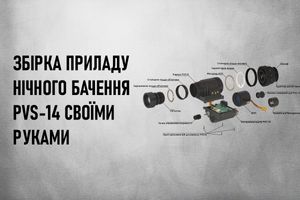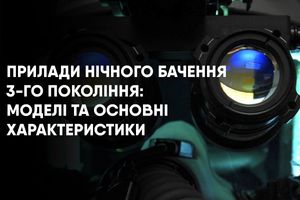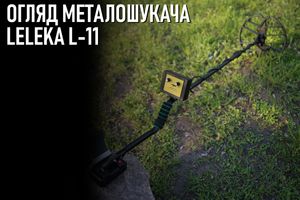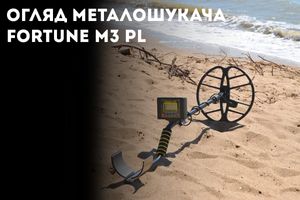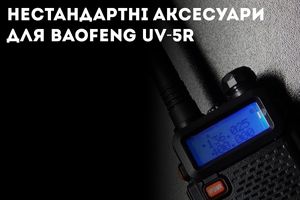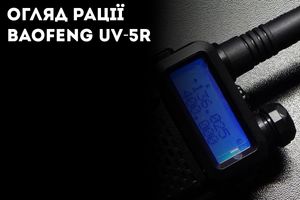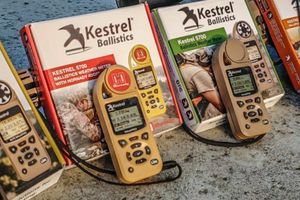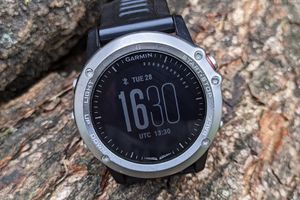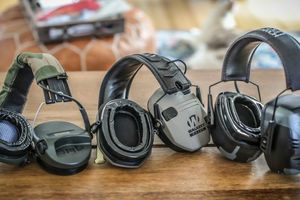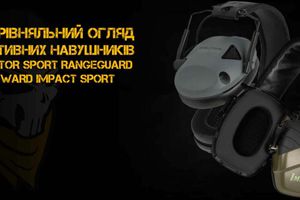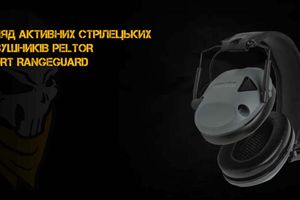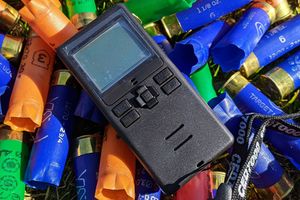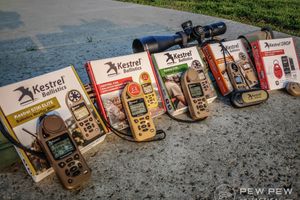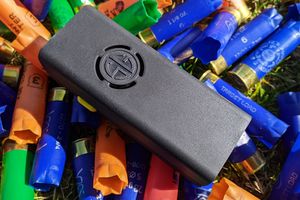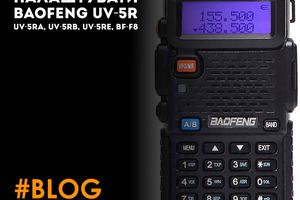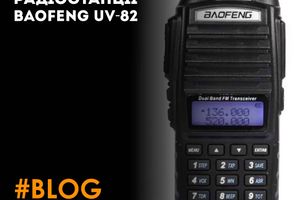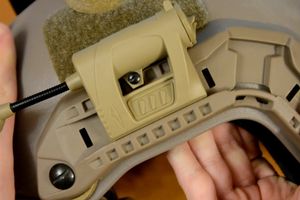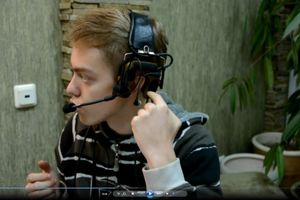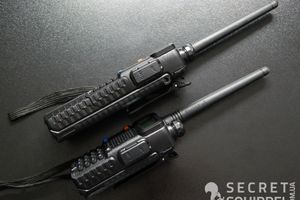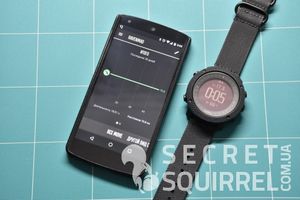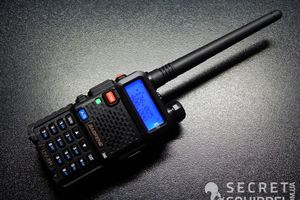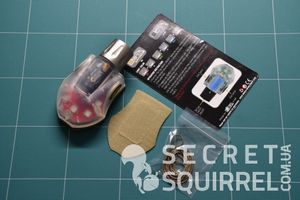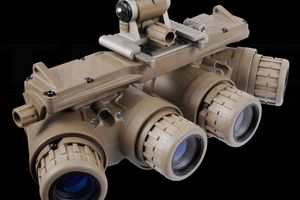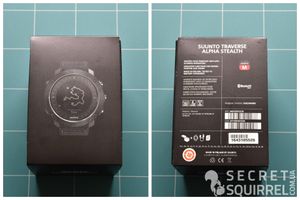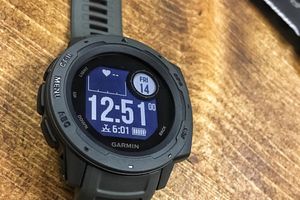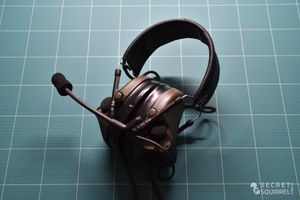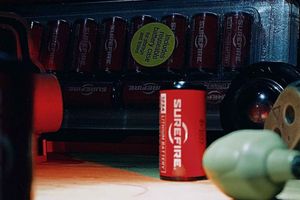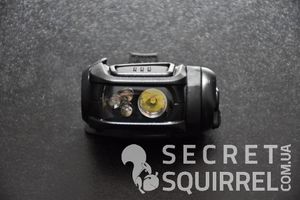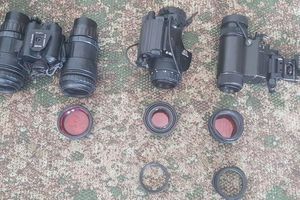I’ll write a disclaimer right away: I haven’t seen the manual in my eyes, so many of the things written here can be bona fide misconceptions and hold on the sound assumption that if something looks, acts and infuriates, like the standard part of a night vision device, then it’s her and is.

Let's start with the name - and almost immediately without any special proofs, except for a vague mention in the L3 catalog, I will say that according to my calculations, PVS-31 is a version with green pipes, and PVS-31A is with white filmless ones. On the Internet, as I understand it, everyone does not care, and, in principle, correctly, it’s not a boyar’s thing to study such trifles.
This device is manufactured by L3 by order of SOCOM (combined staffing of special operations command) and therefore the device turned out to be exactly what it turned out to be, and not like it, almost the uterine brother NVD-1531, which is much closer to what we usually used to see as American night vision device.
To begin with, the device is very similar in weight to the PVS-14.

The pipes inside are 11769 filmless grade, however, it was not possible to get directly and see the marking. By the way, ALL filmless pipes are good, so you can buy them especially without looking at any contracts - firstly, all contracted pipes with a film will be a little worse, and secondly at the moment there is not much information regarding this type of pipe, so that you can compare something with something.
What is interesting about them? Removable loop: when a pipe must be installed in the device without manual brightness control, the loop is stupidly removed from the housing and the pipe becomes compatible with the 10160 format.
Similar pipes can be seen in other devices:

Two black connectors - for a disconnectable loop. With them a little stress:



The PVS-31 uses a slightly different loop than the one necessary for PVS-14 - the contacts are no longer rigid, the stupidly spring-loaded pins press on the pipe and additional contacts made on a flexible loop to adjust the brightness. By the way, a similar way to adjust the brightness already tried to exist.

The third contact for adjusting the brightness, but did not receive much distribution, rather a cool historical artifact.
There are two power options, from the battery or from the battery pack. In the case of a battery pack, the battery can be omitted, which allows not to overload an already lightweight device.
I won’t write anything about an external power supply.
It is promised up to 15 hours on one battery and up to 50 on 4. Where do 10 hours go? In fact, the energy consumption of the new filmless tube from L3 is slightly higher than the consumption of old pipes, which was a side effect of extending the resource.
The device is extremely demanding on batteries and where the PVS-15 is working quietly, 31 does not even turn on.



The controls on the device are primitive. Above the battery compartment in the front there is a knob for adjusting the brightness. It is made, in contrast to PVS-14, it seems that it immediately went into a digital view and scrolls entirely around its axis, when pressed it plays the role of a power button. There is no protection against accidental pressing and a very direct response to dimming, unlike all of us beloved monocular.
And yes, at the request of SOCOM, an IR illuminator was cut from the device. Not a big loss, to be honest.
Now let's look at the optics:
Lens: visually reminiscent of a lens from GPNVG-18, there is no thread for bodice filters, safety glasses, the regular army sacrifice window does not climb either, the compass keeps very shitty, but it works.
Judging by the curvature of the inner glass, the front glass is protective, but, say, just unscrewing it by hand does not work.
Here the balloons can take their hands out from under the table, and, after fastening their pants, do not read further.


Turn off the ring.

Very small and weighs almost nothing.

What to unscrew further - I dont know, the photo shows the input window of the eop.
Talked on the topic of further disassembly with representatives of the American people, smiling, writing - you came to us, we will fix it if cho. “You’re better off coming to us,” commented on the offer from the customer of this study.
The device is very qualitatively missed with Chinese snot, which makes it difficult to disassemble, and, in principle, it fucked in your mouth, the need disappeared.
Now let's move on to comparative optical studies with something more familiar. Sorry, but the PVS-14 was not at hand, so I compare it with what it is, and the “what is” does not differ from the PVS-14 in terms of optical size and length.

Approximately identical with a smaller outer diameter of the lens itself.
The eyepieces are slightly smaller than on the PVS-15 and do not have a diopter adjustment, which offends the feelings of people with low vision. With glasses not very, but usable. Amber filters on white phosphorus turn PVS-31 into real PINK GLASSES, which we no longer want to dream about, but we don’t even need to: \ And yes, they do not sit down properly, it seems you need a transition ring like on PVS-14. Rubber eyecups are conditionally compatible, but are somehow weak.

The length of the pipes is not particularly different, however, where does the difference come from with a similar optical layout?

The height is similar, I suppose that in many respects for compatibility with existing mounts. In the 10s, even with rhino mount, compatibility should be preserved ...
Next is the layout functionality.


Maximally spread out (i.e. upside down) and maximally folded.
Compare with 15 - yes, the pipes can be carried much further, but still they are far from two PVS-14s on the bridge.



How is the mass felt in this case on the helmet? Better, but ... somehow not even much.






It’s on the same lift, plus a bonus - PVS-14 on the forkox bridge.
Honestly, so-so. Dimensions are still quite strong, the device is still more convenient to remove and throw in a backpack.
Now claims: in the catalog L3 it is indicated that the device has a shutdown functionality when raised on the mount up. In reality, it is not observed, another device with similar functionality on the same mount goes out without problems. A trifle, but with a telescope VERY !!! relevant.
Functionality “stowed” does not reach the functionality of bridges for PVS-14.
There are two twists to limit the interpupillary distance. A handy thing if you need to decompose the device and then do not waste time putting pipes in relation to the eyes and each other. It is also very convenient to carry out a distance adjustment according to a visible diode-power signal.
The mass of the device allows you to use it as a monocular - i.e. PVS-14. But! technically this makes no sense - when lifting the pipe up, it does not go out. You can, of course, pull the eyecup, but somehow crutches.
And if you do not pull the eyecup:

And in the case of a low battery, it also shines RED, that in general, a Christmas tree and God forbid, in this form, fall on the enemy’s sight. And such things, as a rule, happen only because they can happen.
Practical conclusion:
the device has a great development dance and can become the new PVS-14 in case of mass production. In the form in which it is now - it will not become a mass army device for sure.
Pros:
- Very light
- Excellent filmless tubes in stock
- A good compromise between the functionality and the fact that this is generally one device.
- Lack of excess - diopters, ir illuminators.
- Brightness control from one twist: I personally do not need binoculars from the word AT ALL, but in general it is convenient if such functionality is available and for some reason is used.
Minuses:
- The actual absence of accessories that simplify the operation of the device. There is no clear understanding of whether it is possible to replace the lens protective glass in the field.
- Fastidious to food.
- Difficult to maintain.
- Doesn't turn off when lifting, damn it! UPD: it is very likely that this is a problem of this particular unit, or something inside tends to break.
- Poor responsiveness of governing bodies, lack of protection against accidental switching on with its significant relief.
- It’s still expensive - ~ up to 15k and it's still there.
- It is not possible to use it as a monocular properly (it may be convenient for searching for light signals of a certain color in the visible spectrum, for example, working with some thermal imaging sights without lifting the entire device up)
- Nothing fundamentally new, but significant relief.
In general, the reasons for correspondence love were somewhat far-fetched
In the end, a few pictures, well, right now, winter, really, really:


Source: vk.com/@nightvisionfans-kratenko-pro-anpvs-31a
Author: vk.com/@nightvisionfans-kratenko-pro-anpvs-31a










































































































































